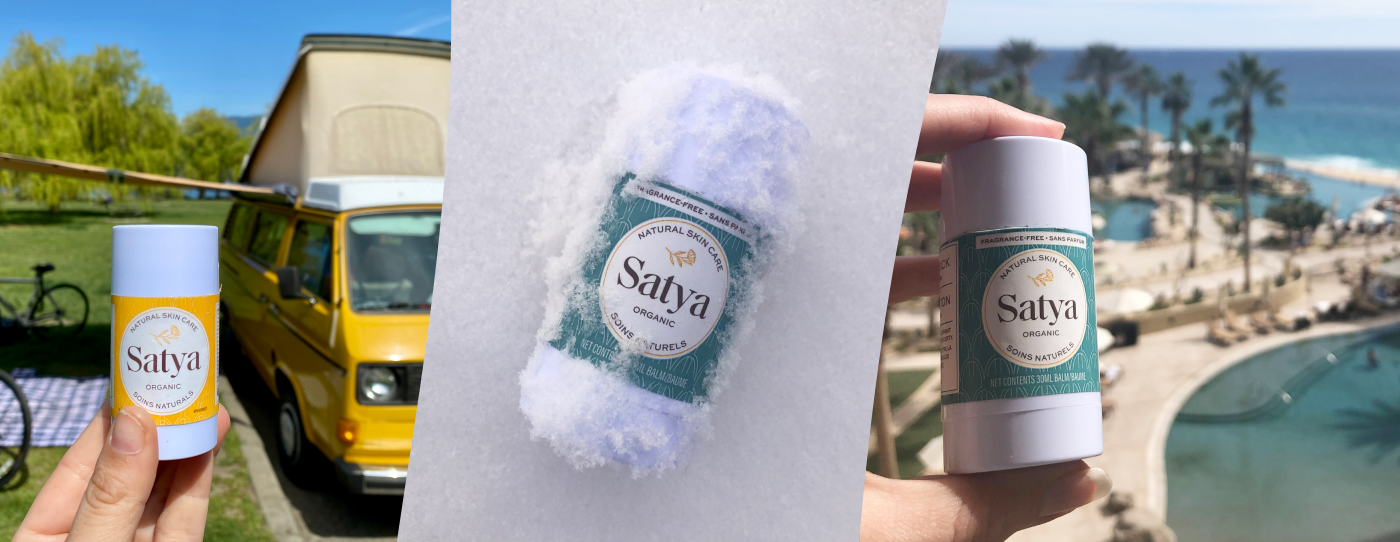Feel like something's up with your skin? If you're experiencing patches of dry, red and itchy skin — it may be a sign of eczema. But because there are several different types of eczema, a quick Google search can get real complicated, real fast.
Though each type is different, they're all eczema, which is a form of inflammation of the skin. That's why in medical-speak, these variants all contain "itis," which means inflammation of an organ and "derma," which means skin.
Here's a breakdown:
1. Atopic or neuro dermatitis

This is a chronic, inflammatory type of eczema that appears on many places on the body, often at creases of the elbows or knees. It shows up as dry, patchy areas of skin and thick plaques that form as a result of constant and repeated scratching of specific areas. It tends to flare periodically and then quiet down, sometimes for years. Research shows it can be triggered by emotional stressors and may be linked to allergies. Scientists believe that people with a family history of other types of allergies like hay fever may be more likely to develop this type.
2. Contact dermatitis

As the name indicates, this type of eczema rash appears when your skin touches irritating or allergic substance or allergens, like copper jewelry. Substances like soaps, cosmetics and fragrances can also trigger this type.
3. Dyshidrotic dermatitis

If you're experiencing small fluid-filled blisters on your fingers, hands, and feet, it may be dyshidrotic eczema.
4. Seborrheic dermatitis

This one shows up on the body where we have a lot of oil-producing, or sebaceous, glands. If you've got yellow flakes, greasy scales and reddened skin on areas of the body like the upper back, chest, nose and scalp, you may have this variation of eczema.
5. Nummular or discoid dermatitis

If you've got coin-shaped spots on your skin that are very itchy, you may have nummular eczema. It can look like ringworm, so be sure to rule out a fungal infection.
6. Stasis or gravitational dermatitis

This kind of eczema shows up when you have an issue with blood flow in your veins, often in the lower legs. Pressure from the lack of flow can cause fluid to leak out of the veins and into the skin, resulting in irritation. Look out for redness, itching, pain and swelling in the ankles.
The takeaway? There are many types of eczema but they share one thing in common: they're the result of your body going into overdrive. Something, possibly a few things, have triggered your body to switch on its immune system, which is designed to create inflammation. It's the chronic inflammation of the skin that creates the condition.
Want more information like this? Sign up to the Satya newsletter.



